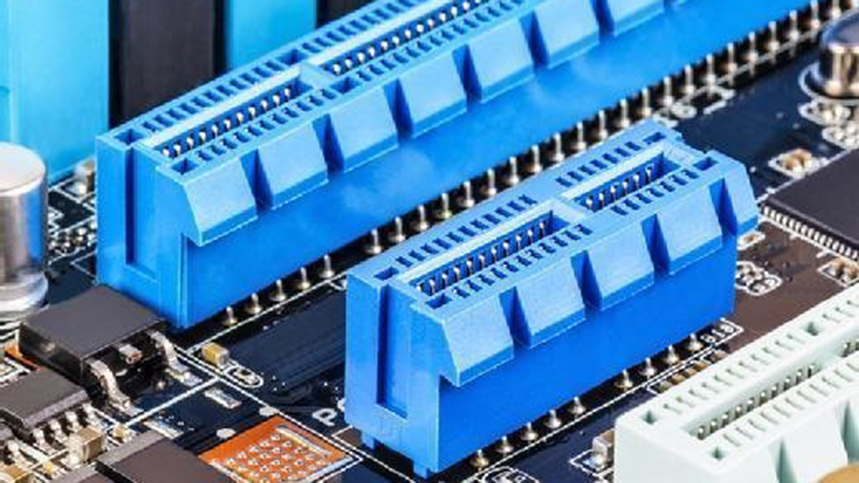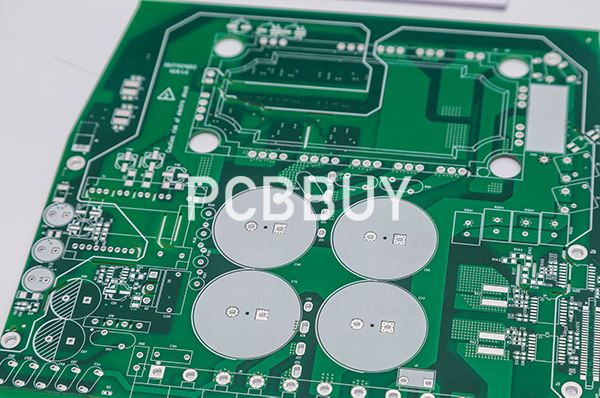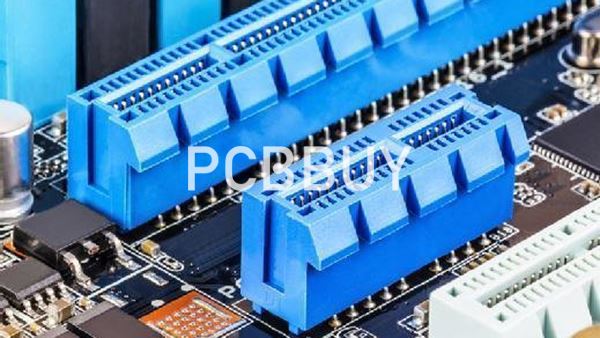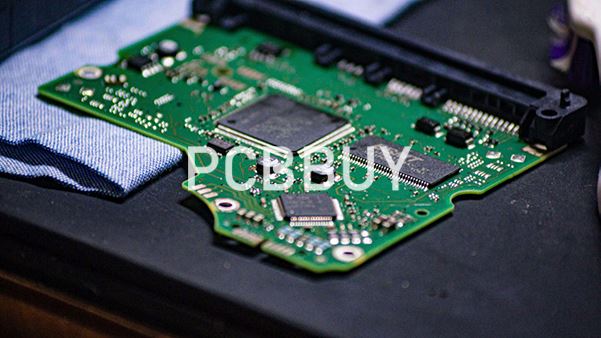What Are the Possible Sources of Noise in PCB?
By:PCBBUY 03/19/2024 16:23

Ground noise goes by many names, including electrical interference and crosstalk. Circuits in a PCB rely on a certain amount of current and voltage to function properly. This means that every circuit must have the appropriate amount of power, and that power must be routed to the correct place. If unintentional connections happen between circuits, it can cause power to spill between circuits in unexpected ways, resulting in ground noise.
In this passage, we are providing all the information about ground noise of PCB. If you are searching for more information of ground noise of PCB, please check and read the content below.

What Are the Possible Sources of Noise in PCB?
In a PCB, noise is typically produced by current spikes that occur on some electrical signals. In digital circuits, current spikes are created during transistor switching (on-off and off-on transitions), while in analog circuits they are determined by changes in the load current. Frequently, excessive noise can also be due to a floating ground or to an incorrect ground connection. If the maximum frequency of the signals on the PCB is less than 1 MHz, a single ground point is generally sufficient, while for high frequency circuits a multipoint or star ground connection is preferable, as shown in Figure 1. There is also the hybrid configuration, which uses both a single point for low frequency and a multipoint for high frequencies.
The main noise sources can be classified as follows:
Ground bounce
In digital circuits, the fast and relentless rise of switching frequencies means that electrical signals have less and less time to return to the ground reference level. This can cause the signal to "bounce" above ground level, generating unexpected current spikes and resulting in noise in the output signal. In the case of multiple simultaneous switching, the amount of noise can also produce false or double switching, resulting in a malfunction of the circuit
Crosstalk
If the PCB traces are not sufficiently spaced apart, it may happen that a signal (high frequency or high current) influences the behavior of a signal that travels an adjacent trace. This phenomenon of undesired electromagnetic coupling is called crosstalk and can occur both when the traces are too close to each other horizontally on the same layer, and vertically on adjacent layers
EMI (Electro Magnetic Interference)
Electromagnetic interference can be produced by numerous sources, although the most common case concerns incorrectly designed ground return paths. The general rule to avoid these phenomena is to insert the traces of the signals between the power and ground planes, allowing a smooth return path towards the ground plane. When this is not done, the return signal will follow irregular paths trying to find its way to ground, generating interference and noise

Why to reduce ground noise in PCB?
Designing a PCB with minimal ground noise ensures that the signal integrity of its circuits remains reliable. A loss in signal integrity can cause multiple PCB problems, from shorts to emissions of radiation. These problems build upon each other creating a cascading effect that increases ground noise over time. The closer two circuits are, the more likely they are to generate crosstalk between them when users apply current to a PCB. Simple geometry can often fix crosstalk problems like this.
Although reducing ground noise is only one part of ensuring high performance in PCBs, lowering noise is an effective way to circumvent nasty runtime problems like board failures. Performance problems can also show up as slow response times in digital networks, data loss, or spikes in power consumption.
What are the grounding techniques of PCB?
A proper Grounding is important for any circuit to work as designed, the importance of grounding cannot be stressed enough especially if the circuit consists of many analog and switching components. When designing a Printed Circuit board (PCB) the designer should ensure that all the ground signals are free from noise. There are many grounding methodologies in PCB design that are followed by engineers, the common ones are like including a common ground point, ensuring efficient flow of signals to ground, reducing the use of series vias, etc.. These techniques help us to keep the PCB ground free from the noise. In this article, we will look into all these common ground practices to design PCBs that are free from ground noise.
Common Ground plane
Using a ground plane is the most common technique used by many PCB designers. A ground plane, typically made of copper, covers all the areas of a PCB that do not have components or traces on them. Some rules apply for a ground plane depending on the number of layers a board has. For instance, if your board has two layers, the rules state that you should pace the ground plane on the bottom layer and the traces and components on the top layer.
Ground plane Vias
In the case you have ground planes on either side of the PCB, the vias are instrumental in establishing a connection between the multiple layers of the multi-layered PCB board. Vias are holes that penetrate the board and connect the two faces of the PCB.

How to choose material to reduce ground noise in PCB?
Different materials have different conductivities, so using a different combination of materials is one way to reduce ground noise. When planning the best way to reduce ground noise, it is important to note that there are two key material types in a PCB that influence ground noise the most: the substrate in which components are placed and the metal used for conductive traces.
A well-constructed PCB should have a substrate that is a strong insulator and traces that are highly conductive. The most common combination of substrate and traces in PCBs is glass epoxy and copper. Since glass epoxy is an insulator, it does a good job keeping current where it should be within copper traces in general applications.
High-speed and high-frequency PCBs are a challenge, however, because they naturally generate a lot of ground noise. This isn’t the materials’ fault; the design of PCBs that handle large amounts of current can strain even the strongest insulators and conductors. The materials often need to be structured differently than on other PCBs.
Industry Category











